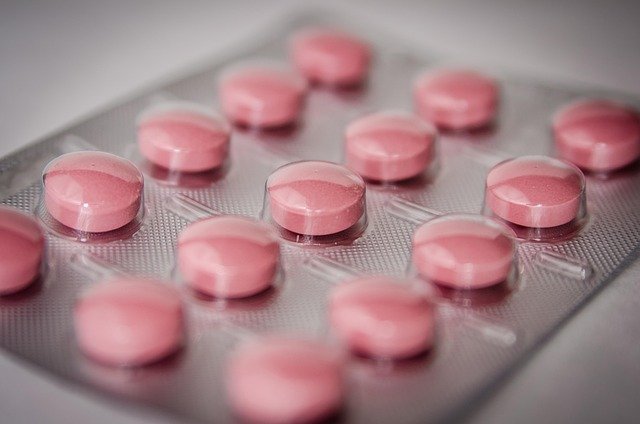Liposuction in Canada/Toronto: A Medical Procedure for Body Contouring
In Canada/Toronto, liposuction is recognized as a medical procedure aimed at body contouring and enhancing physical appearance. The effectiveness of this procedure, along with recovery time, can vary significantly based on individual health factors and personal circumstances. This highlights the importance of consulting with qualified medical professionals to understand the potential outcomes and alternatives, such as a tummy tuck combined with liposuction or non-surgical options for belly fat removal.

Understanding Liposuction as a Medical Procedure
Liposuction operates through a process called suction-assisted lipectomy, where surgeons insert thin tubes called cannulas through small incisions in the targeted area. The cannulas connect to a vacuum system that removes fat cells permanently from the body. Modern techniques include tumescent liposuction, which involves injecting a solution containing lidocaine and epinephrine to minimize bleeding and discomfort, and ultrasound-assisted liposuction, which uses sound waves to break down fat cells before removal.
Canadian medical regulations require that liposuction procedures be performed by licensed physicians, typically plastic surgeons or dermatologists with specialized training. The procedure commonly targets areas such as the abdomen, thighs, hips, arms, back, and neck. Unlike weight loss methods that shrink fat cells, liposuction permanently removes them, though remaining fat cells can still expand with weight gain.
The Role of Personal Factors in Effectiveness and Recovery Time
Individual characteristics significantly influence both the effectiveness of liposuction and the recovery timeline. Age plays a crucial role, as younger patients typically experience better skin retraction and faster healing. Skin elasticity determines how well the skin conforms to the new body contours after fat removal, with patients having good skin tone achieving more favorable results.
Overall health status affects both surgical candidacy and recovery speed. Patients with cardiovascular conditions, diabetes, or other chronic illnesses may face extended recovery periods or increased risks. Body mass index also influences outcomes, as liposuction works most effectively on individuals within 30% of their ideal weight who have localized fat deposits rather than generalized obesity.
Recovery time varies considerably among patients, typically ranging from one to six weeks for full activity resumption. Factors affecting recovery include the volume of fat removed, number of treatment areas, surgical technique used, and individual healing capacity. Most patients return to desk work within a few days but should avoid strenuous exercise for several weeks.
Exploring Alternatives to Liposuction for Belly Fat Removal
Several non-surgical alternatives exist for individuals seeking belly fat reduction without undergoing liposuction. CoolSculpting, also known as cryolipolysis, uses controlled cooling to freeze and destroy fat cells, which the body then naturally eliminates over several months. This FDA-approved treatment requires multiple sessions and produces gradual results over three to four months.
Radiofrequency treatments such as Vanquish and truSculpt use heat energy to target fat cells while leaving surrounding tissues unharmed. These procedures typically require multiple sessions spaced several weeks apart. Laser-based treatments like SculpSure utilize light energy to disrupt fat cell structure, leading to natural elimination through the lymphatic system.
Injectable treatments such as Kybella, originally designed for double chin reduction, show promise for small areas of localized fat. However, these treatments work gradually and may require multiple sessions. Traditional approaches including targeted strength training, cardiovascular exercise, and dietary modifications remain fundamental for overall body composition improvement, though they may not address genetically predetermined fat distribution patterns.
| Treatment Type | Provider/Method | Cost Estimation (CAD) |
|---|---|---|
| Traditional Liposuction | Plastic Surgery Clinics | $3,000 - $8,000 per area |
| CoolSculpting | Medical Spas/Dermatology Clinics | $600 - $1,200 per session |
| Radiofrequency Treatments | Cosmetic Clinics | $1,000 - $3,000 per treatment area |
| Laser Fat Reduction | Medical Aesthetic Centers | $1,200 - $2,500 per area |
Prices, rates, or cost estimates mentioned in this article are based on the latest available information but may change over time. Independent research is advised before making financial decisions.
Considerations for Canadian Patients
Canadian healthcare regulations ensure that liposuction procedures meet strict safety standards when performed in accredited facilities. Provincial medical boards oversee licensing and certification requirements for practitioners performing cosmetic procedures. Patients should verify their surgeon’s credentials through the Royal College of Physicians and Surgeons of Canada or respective provincial medical colleges.
Private insurance typically does not cover cosmetic liposuction procedures, though some plans may provide coverage when performed for medical reasons such as lipedema treatment. Patients should carefully research financing options and understand all associated costs, including facility fees, anesthesia costs, and post-operative care expenses.
Toronto’s competitive cosmetic surgery market offers numerous qualified practitioners, but patients should prioritize credentials and experience over cost considerations. Consultation appointments allow patients to discuss realistic expectations, potential risks, and alternative treatment options with qualified medical professionals.
The decision to pursue liposuction requires careful consideration of personal goals, health status, and financial circumstances. While the procedure can effectively address localized fat deposits, it represents a surgical intervention with associated risks and recovery requirements. Patients achieve the most satisfactory outcomes when they maintain realistic expectations and commit to healthy lifestyle practices following their procedure.
This article is for informational purposes only and should not be considered medical advice. Please consult a qualified healthcare professional for personalized guidance and treatment.




